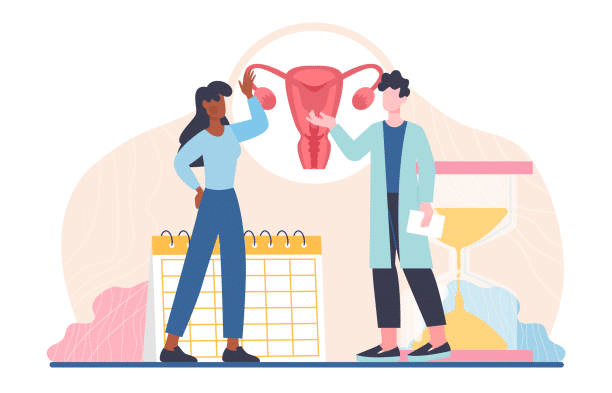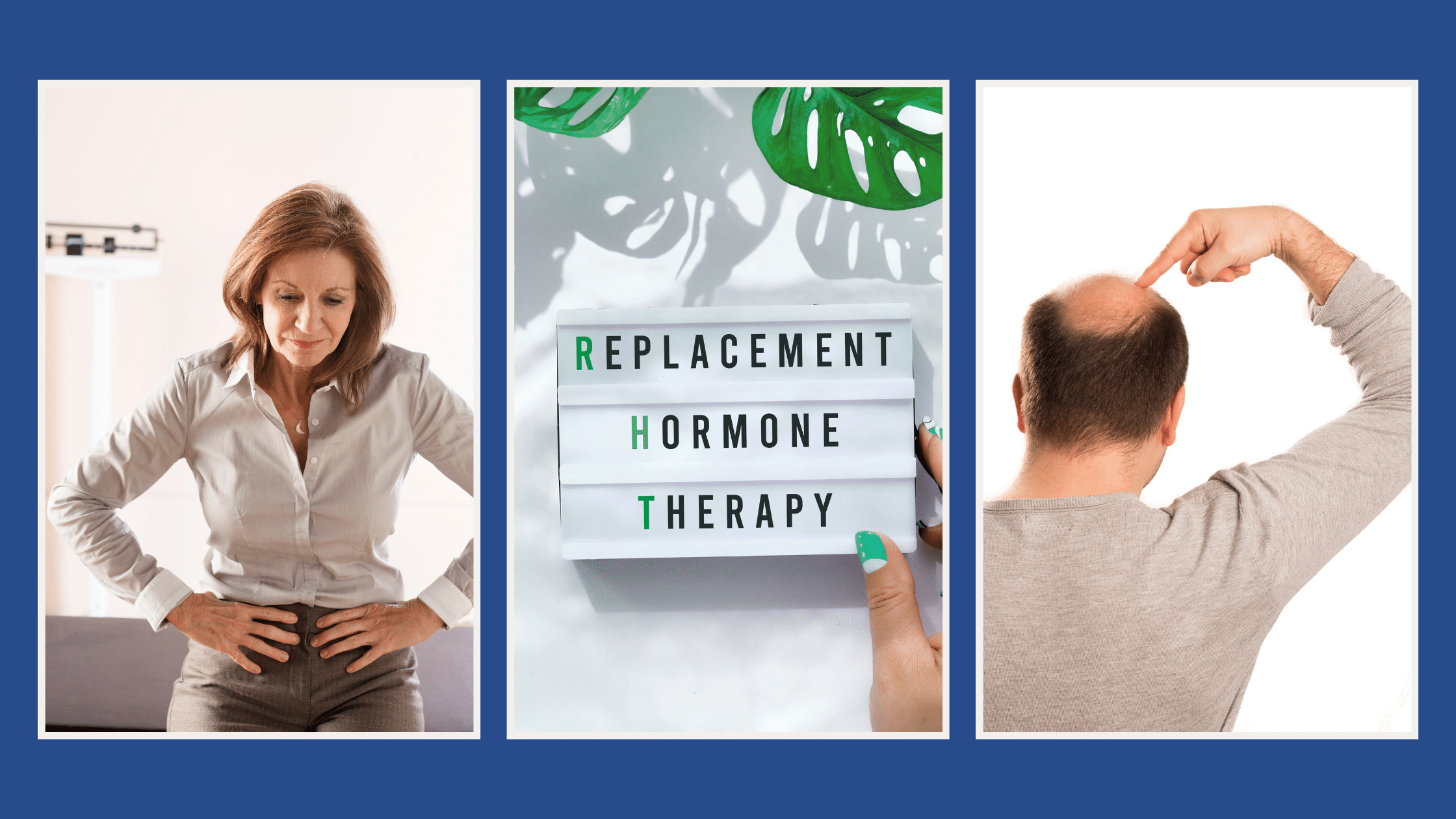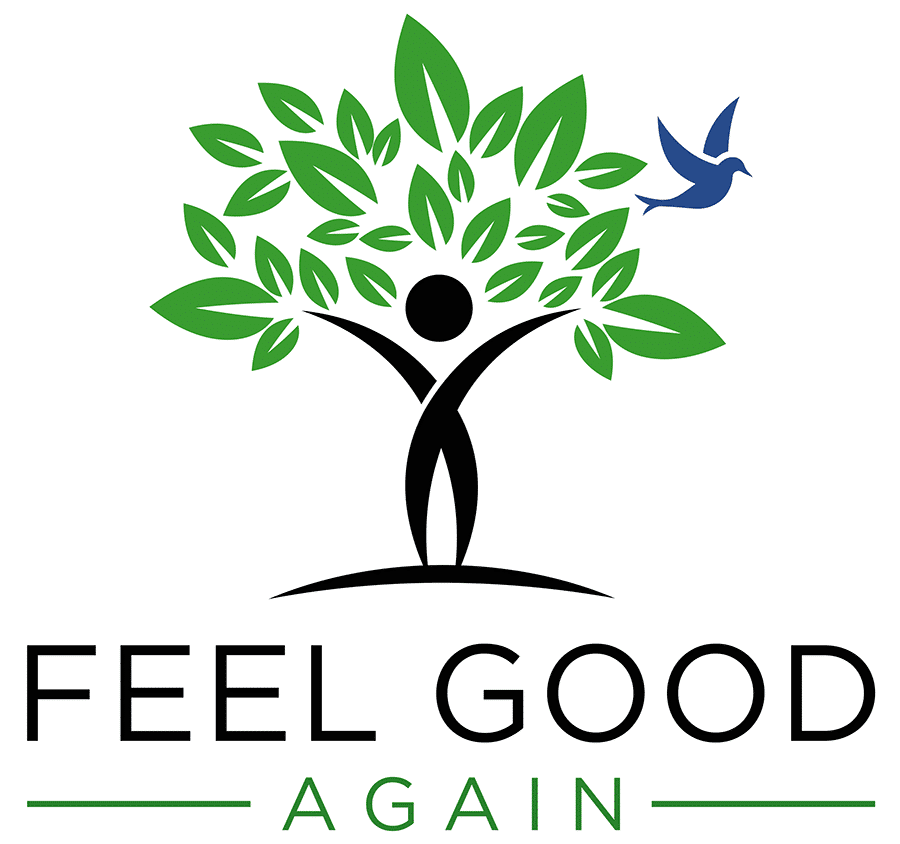Hormone Replacement Therapy: A Comparison for Men vs. Women
Hormone Replacement Therapy (HRT) has been a game-changer for many of my patients, both men and women. But it’s not a one-size-fits-all solution. The needs, risks, and benefits differ significantly between the sexes. I’ve seen firsthand how HRT can transform lives when done correctly.
HRT for Women
For women, HRT primarily focuses on estrogen and progesterone. As menopause approaches, these hormones decline, often leading to symptoms like hot flashes, mood swings, and vaginal dryness. I’ve had patients tell me they feel like they’ve lost themselves. One woman described it as “the lights dimming on my life.” HRT can help brighten those lights again.
The benefits for women can be profound. Beyond alleviating menopause symptoms, HRT may reduce the risk of osteoporosis and heart disease when started early in menopause. However, timing is crucial. The benefits are not as fast or dramatic if HRT is started more than 10 years after menopause onset.

HRT for Men
Men, on the other hand, experience a gradual decline in testosterone as they age. This isn’t as dramatic as menopause, but it can still have significant impacts. Low energy, decreased muscle mass, and reduced libido are common complaints I hear. One patient told me he felt like he was “fading into the background of his own life.”
Testosterone replacement therapy for men can improve energy, muscle mass, and sexual function. It may also have positive effects on bone density and body composition.

Risks and Side Effects
The risks and side effects differ between men and women too. For women, most have been told that there’s an increased risk of breast cancer with combined estrogen-progestin (synthetic progesterone) therapy, though the risk of breast cancer is lower with estrogen-only therapy (for women without a uterus). Natural, bioidentical progesterone has been found to be safer. The North American Menopause society and many other organizations stated that the benefits outweigh the risks and consulting with your doctor for personalized recommendations is most appropriate.
Men may experience an increase in red blood cell count, which could potentially increase the risk of blood clots. They can experience mood swings with the injectable form since at the beginning of an injection the surge of testosterone may cause aggressive behavior and as the injection wears off, they feel listless and irritable. This mostly occurs with the injectable form since injections were weekly.

Monitoring
Monitoring is crucial for both sexes. For women, we need to keep an eye on breast and uterine health as well as estrogen metabolism. For men, prostate health and red blood cell counts are key areas to watch. Testosterone in men and women can be converted to dihydrotestosterone (DHT) or estradiol. DHT in men can enlarge the prostate in men and can increase hair loss on the head as well as acne and increased facial and body hair. There is no evidence that testosterone causes prostate cancer in humans.
The latest analysis of studies showed that estrogen alone decreased the risk of breast cancer in women. Natural, bioidentical progesterone has been deemed safer than synthetic progestins.
Men and women should also be monitored for how the liver breaks down estrogen. Men metabolize testosterone to estrogen, and this should be monitored and kept at low levels. An estrogen metabolite called 4 OH estrone has been linked to an increased risk of prostate cancer risk in men and breast cancer risk in women. Changing the diet and adding supplements can activate enzymes that convert estrogen metabolism to a more benign form and slow the enzymes that convert to the more toxic form.
Hormone Replacement Therapy Transforms
It’s fascinating to me how our hormones shape so much of our experience. As Deepak Chopra said, “The way you think, the way you behave, the way you eat, can influence your life by 30 to 50 years.” HRT is one tool we have to influence that journey.
But HRT isn’t for everyone. I always start with lifestyle changes – diet, exercise, stress management and detoxification. These can have profound effects on hormonal balance. As Hippocrates wisely noted, “Let food be thy medicine and medicine be thy food.”
When we do pursue HRT, it’s a carefully considered decision. We weigh the potential benefits against the risks, considering each patient’s unique health profile and goals. It’s not about turning back the clock, but about helping people feel their best at every stage of life.
I’m continually amazed by the resilience of the human body and spirit. Whether through HRT or other means, I’ve seen countless patients reclaim their vitality and zest for life. It’s a reminder of the body’s incredible capacity for renewal and balance when given the right support. If you need support, consider applying for a no obligation clarity to call to see if we are a good fit. I want you to Feel Good Again.
References:
- Lobo RA, Pickar JH, Stevenson JC, Mack WJ, Hodis HN. Back to the future: Hormone replacement therapy as part of a prevention strategy for women at the onset of menopause. Atherosclerosis. 2016;254:282-290. doi:10.1016/j.atherosclerosis.2016.10.005
- Zitzmann M. Testosterone, mood, behaviour and quality of life. Andrology. 2020;8(6):1598-1605. doi:10.1111/andr.12867
- Kanakis GA, Pofi R, Goulis DG, et al. EMAS position statement: Testosterone replacement therapy in older men. Maturitas. 2023;178:107854. doi:10.1016/j.maturitas.2023.107854
- “The 2022 Hormone Therapy Position Statement of The North American Menopause Society” Advisory Panel. The 2022 hormone therapy position statement of The North American Menopause Society. Menopause N Y N. 2022;29(7):767-794. doi:10.1097/GME.0000000000002028
- Layton JB, Meier CR, Sharpless JL, Stürmer T, Jick SS, Brookhart MA. Comparative Safety of Testosterone Dosage Forms. JAMA Intern Med. 2015;175(7):1187-1196. doi:10.1001/jamainternmed.2015.1573
- Hadgraft J, Lane ME. Transdermal delivery of testosterone. Eur J Pharm Biopharm Off J Arbeitsgemeinschaft Pharm Verfahrenstechnik EV. 2015;92:42-48. doi:10.1016/j.ejpb.2015.02.015
- Kinter KJ, Amraei R, Anekar AA. Biochemistry, Dihydrotestosterone. In: StatPearls. StatPearls Publishing; 2024. Accessed August 2, 2024. http://www.ncbi.nlm.nih.gov/books/NBK557634/
- Michaud JE, Billups KL, Partin AW. Testosterone and prostate cancer: an evidence-based review of pathogenesis and oncologic risk. Ther Adv Urol. 2015;7(6):378-387. doi:10.1177/1756287215597633
- Stute P, Wildt L, Neulen J. The impact of micronized progesterone on breast cancer risk: a systematic review. Climacteric J Int Menopause Soc. 2018;21(2):111-122. doi:10.1080/13697137.2017.1421925
- Cavalieri E, Rogan E. Catechol quinones of estrogens in the initiation of breast, prostate, and other human cancers: keynote lecture. Ann N Y Acad Sci. 2006;1089:286-301. doi:10.1196/annals.1386.042





She is a recognized and award-winning holistic, functional, integrative and anti-aging healthcare practitioner, speaker and author, and has been featured in ABC News, Forbes, WOR Radio and many media outlets to spread the word that you can live younger and healthier at any age.